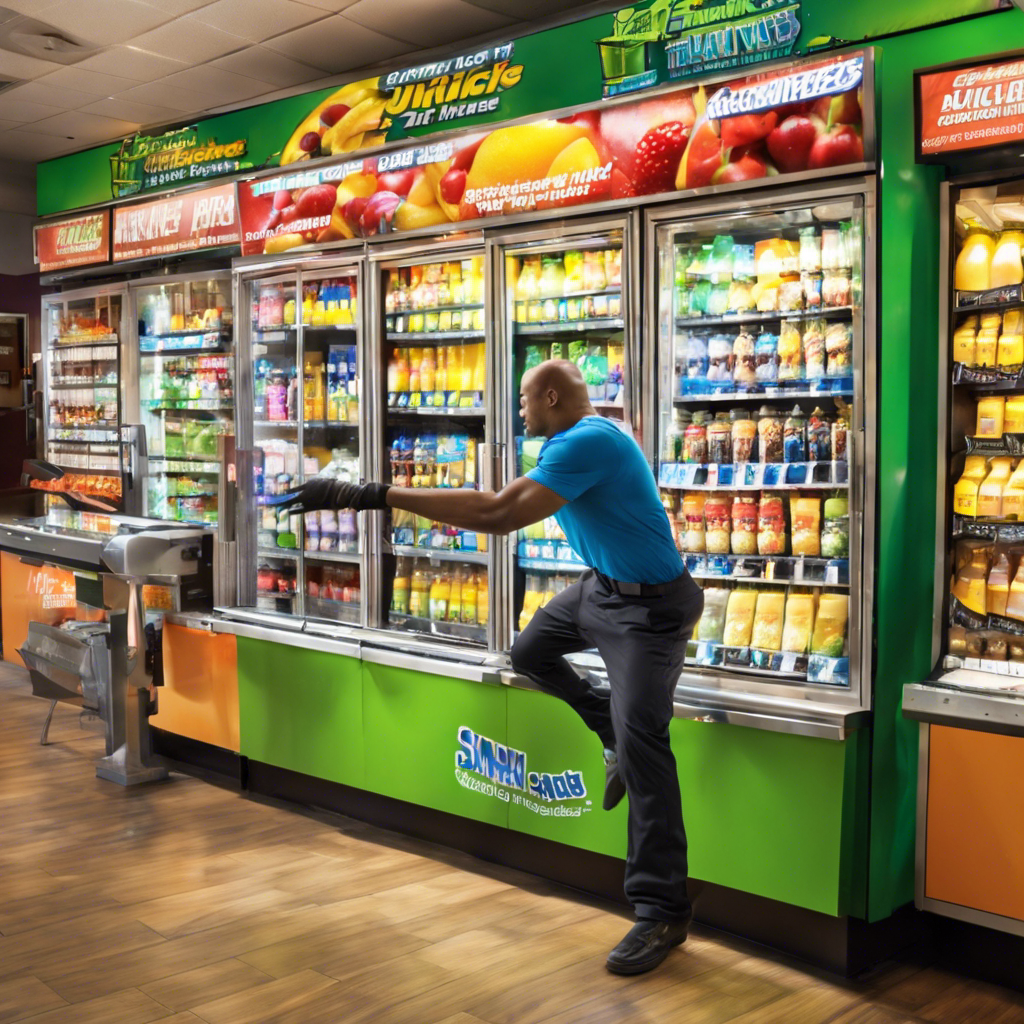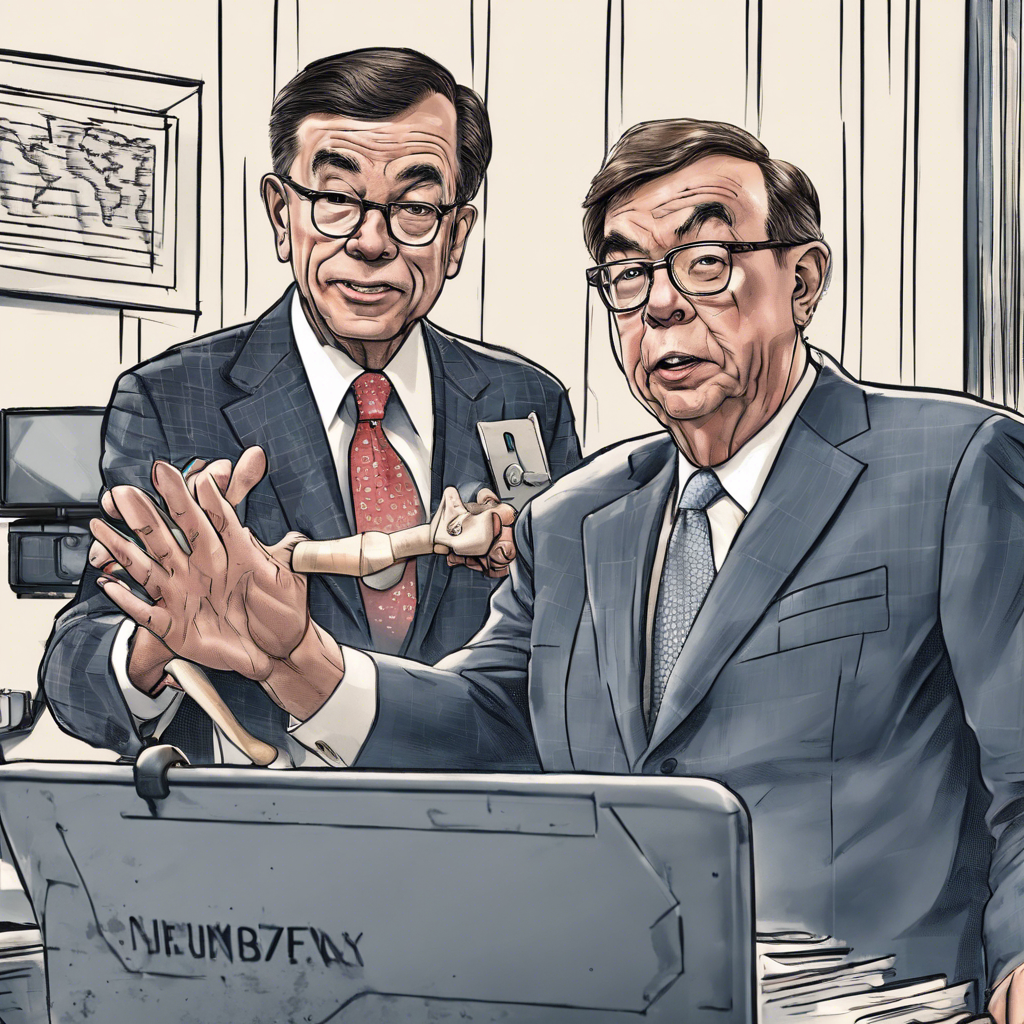The Decline of Renewables: Rising Costs, Supply Chain Issues, and Protectionism Threaten the Industry

The once-promising renewable energy sector is facing numerous challenges that are impacting its growth and profitability.
In recent years, the renewable energy industry has experienced significant growth and success. Falling costs, increased investment, and the adoption of clean energy by large corporations have propelled renewables into the spotlight. However, the industry’s prospects have taken a turn for the worse. Rising interest rates, supply chain disruptions, permitting delays, and protectionist policies are now threatening the viability of renewable energy projects. This article examines the factors contributing to the decline of renewables and the potential implications for the industry’s future.
Supply Chain Challenges and Rising Costs:
One of the primary challenges facing the renewable energy sector is the disruption in the supply chain and the subsequent rise in costs. The price of polysilicon, a crucial material in solar panels, has skyrocketed due to supply chain issues caused by the pandemic. The cost of solar modules has also increased as a result. Similarly, the prices of steel, an essential input for wind turbines, have surged due to geopolitical tensions, impacting manufacturers’ costs. Moreover, the push for longer and more powerful turbine blades has led to experimentation with new materials, further complicating the manufacturing process. These challenges have resulted in delays, manufacturing failures, and increased costs for wind turbine manufacturers.
Permitting Delays and Bureaucratic Hurdles:
Renewable energy projects often face significant delays and bureaucratic hurdles, further impeding the industry’s growth. In the United States, it takes an average of four years to obtain approval for a solar farm and six years for an onshore wind project. The European Union’s two-year permitting rule for renewable projects is rarely adhered to, causing further delays. Additionally, the need for new transmission lines to connect remote solar and wind farms adds another layer of complexity, requiring separate approvals. The interconnection queue for renewable energy projects in the United States is growing, exacerbating the problem.
Rising Protectionism:
The rise of protectionist policies is another significant challenge for the renewable energy industry. The United States has imposed anti-dumping duties on Chinese solar manufacturers and restricted the import of modules containing polysilicon from the Xinjiang region. As a result, solar modules in the United States are more than twice as expensive as in other markets. The Biden administration is also using domestic-content requirements to incentivize domestic production. Europe, too, is grappling with mixed signals, dropping anti-dumping duties on Chinese solar panels but introducing minimum domestic-content levels for renewable-energy contracts. Trade restrictions not only impact the availability of affordable components but also hinder the industry’s ability to meet renewable energy targets.
Implications for the Industry:
The decline of renewables has far-reaching implications, not only for the companies involved but also for global decarbonization efforts. The renewable energy sector plays a crucial role in achieving climate goals, and the success of these projects is vital. Developers are already facing unprofitable projects and cancellations due to rising costs. The industry’s ability to attract investment and meet ambitious renewable energy targets will depend on overcoming these challenges.
Conclusion:
The renewable energy industry, once hailed as the future of clean power, is now facing significant headwinds. Rising costs, supply chain disruptions, permitting delays, and protectionist policies have dampened the sector’s growth and profitability. However, the industry is beginning to address some immediate challenges, such as falling polysilicon prices and increased production capacity. Developers are also managing to raise prices without impacting demand. Nonetheless, the industry must navigate these obstacles and find innovative solutions to ensure a sustainable and prosperous future for renewable energy. Failure to do so could have far-reaching consequences for global decarbonization efforts.










